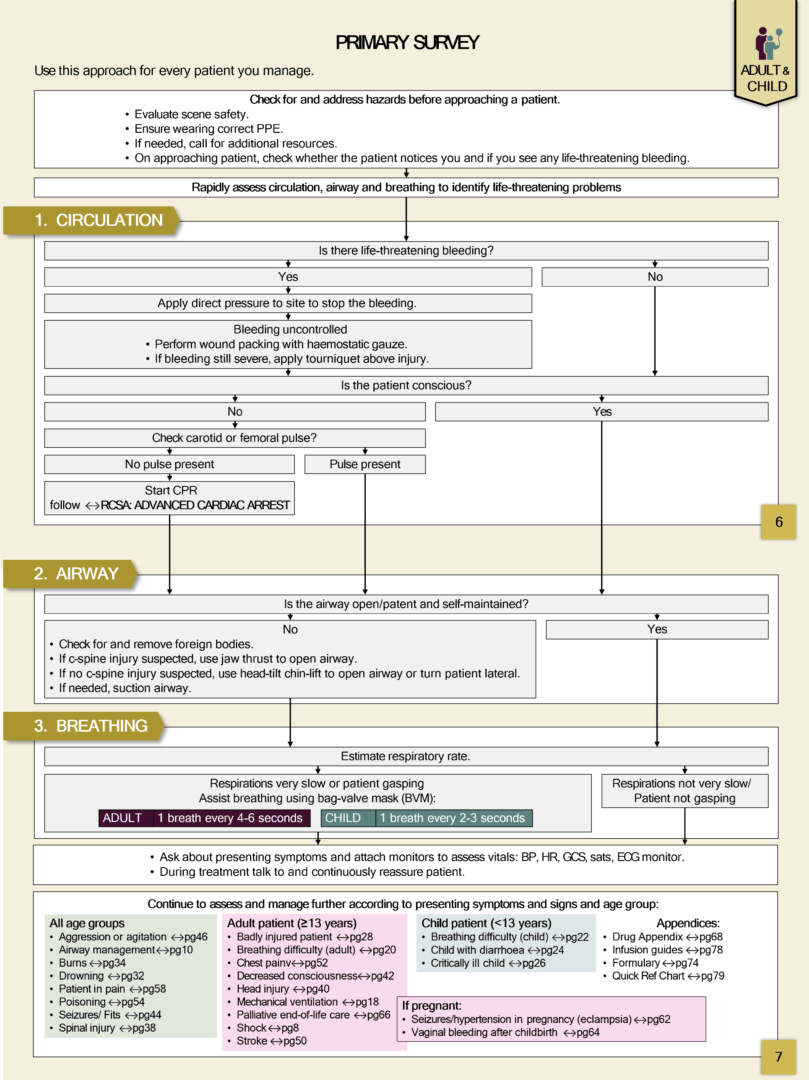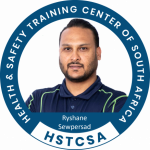
Let’s walk through the Primary Survey CDST—a rapid, structured approach to identifying and treating life-threatening conditions in any patient encounter. This process helps you stay focused, prioritize correctly, and act fast.
Before you approach the patient, stop and evaluate the scene. Are there any hazards? Ensure that it’s safe—for you, the patient, and bystanders. Put on the correct personal protective equipment, and if needed, call for backup or additional resources.
As you approach, observe whether the patient is alert and aware of your presence. Scan for any signs of life-threatening bleeding. If massive bleeding is present, act immediately.
If there’s severe external bleeding, apply direct pressure to control it. If that fails, perform wound packing with haemostatic gauze. If bleeding remains uncontrolled, apply a tourniquet above the site of injury.
Is the patient conscious? If not, check for a carotid or femoral pulse. If no pulse is present, begin CPR immediately and follow advanced cardiac arrest protocols.
Check for any obstructions in the airway. If the patient is unresponsive or their airway isn’t self-maintained, clear any foreign objects. Use a jaw thrust if a C-spine injury is suspected, or head-tilt-chin-lift if it isn’t. You may need to suction the airway.
Estimate the respiratory rate. If breathing is slow, gasping, or absent, assist with a bag-valve mask. For adults, deliver one breath every 4–6 seconds. For children, give one breath every 2–3 seconds.
If the patient’s breathing and pulse are present but abnormal, begin full monitoring. Attach a pulse oximeter, ECG leads, and check blood pressure, heart rate, oxygen saturation, and Glasgow Coma Scale. Reassure the patient throughout.
Tailor your approach based on specific presentations. For pregnant patients, assess for signs of eclampsia or post-partum bleeding. Use relevant protocols based on the patient’s symptoms—whether it’s trauma, seizures, poisoning, burns, or stroke.
After completing the primary survey, move into focused secondary assessment and manage based on age group and clinical presentation. Refer to your quick reference guides and follow local protocols.
The primary survey is about speed, structure, and saving lives. Mastering it ensures no critical condition goes unnoticed, giving your patient the best possible chance of survival.


